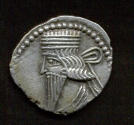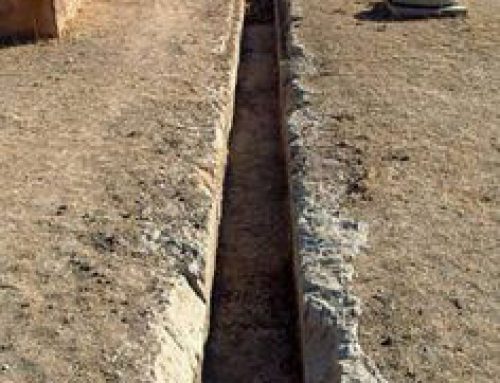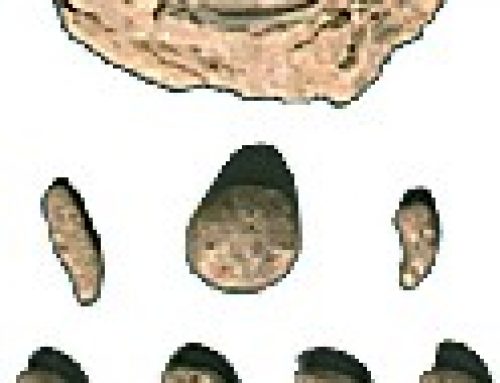
Grasslands of Central Asia – the steppe that the Parthians came from
Parthians invade Iran
Around 300 BC, some new people invaded West Asia from the north. These people were called the Parthians. Like the Scythians, and like the Persians when they first came to West Asia, the Parthians were nomadic people. They travelled around Central Asia with their horses and their cattle, and grazed the cattle and the horses on the great fields of grass there. Usually they lived well enough this way.
But sometimes the weather was worse than usual, and the Parthian cattle could not find enough to eat. This time, when that happened, the Parthians headed south into Alexander the Great‘s empire. Maybe they had heard that Alexander had died and they thought it would be easy to take over. Maybe they just thought it would be nicer in the south, where it was warmer.
Parthians take over Alexander the Great’s eastern empire
The Parthians immediately succeeded in taking over the middle part of Alexander’s empire (roughly modern Iran). This split the Greek empire in half, leaving the Greek colonies in Bactria (modern Afghanistan) isolated. They stayed there for about 200 years, gradually learning the culture of West Asia. They converted from their traditional polytheism to Zoroastrianism.

Parthian temple of Mithra, at Hatra (Iraq) 200 BC
Rome and Parthia fight
But around 100 BC, Seleucia was getting weaker and weaker. The Parthians started to take over parts of Eastern Seleucia. At the same time, the Romans started to take over parts of Western Seleucia. Eventually the Romans and the Parthians met in the middle. There was a great battle which the Parthians won (by treachery, the Romans said), and Parthian soldiers killed the Roman general, Crassus. Possibly the Parthians’ advantage was that they had the new Indian crucible steel swords.
From then on, for hundreds of years, the Romans and the Parthians were always more or less fighting about where exactly the border between them would be. Sometimes the Romans won, sometimes the Parthians won.

A coin of the Parthian emperor Vologeses III
Trajan invades Parthia
In 116 AD, the Roman emperor Trajan invaded the Parthian empire and conquered all the way to Babylon. The Parthians were not very strong at this time, because of civil wars, so they couldn’t fight back very well. In 117 AD, just a year later, Trajan’s successor Hadrian gave up most of the land that Trajan had conquered, but he made the Parthians pay the Romans a lot of money.
A new dynasty takes over: the Sassanians
By 161 AD, forty years later, the Parthians were united again under the strong king Vologeses III. When the Roman emperor Antoninus Pius died, the Parthians thought this would be a good chance to attack the Romans. So they did. After a big war, however, the Parthians lost again. This may be partly because of a great plague (a disease that many people got, and many people died of) that attacked them at this time. (We aren’t sure what the disease was, but it may have been smallpox). Then in the 220s AD, new rulers tossed out the last weak Parthian kings. These new rulers called themselves the Sassanians.
A more detailed view: Parthian kings and queens
More about why they were always fighting
More about the Sassanids
Bibliography and further reading about the Parthians:
Ancient Persia, by Don Nardo (2003). Good for reports.
Parthian Art, by Malcolm Colledge (1977). Not very easy to get anymore, but it’s the classic book for the Parthians – it has a lot more than just the art.
Ancient Persia, by Josef Wiesehofer (2001). Includes the Parthians and the Sassanians.
The Cambridge History of Iran: Volume 3, The Seleucid, Parthian and Sasanid Periods, Part 2: Seleucid Parthian, edited by E. Yarshater (reprinted 1983). Expensive but complete.




